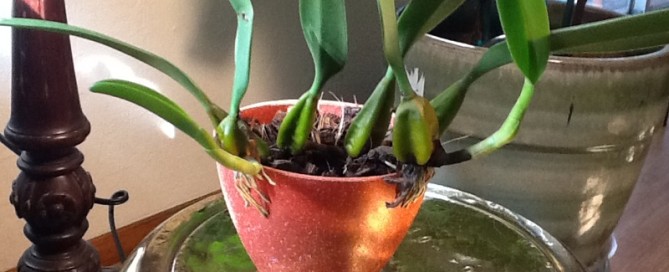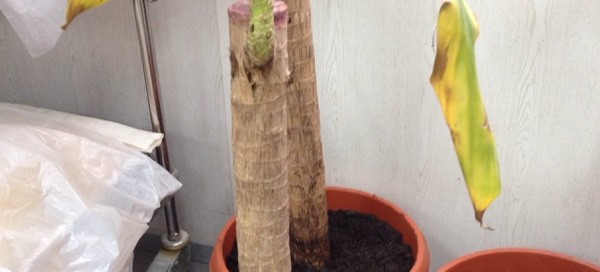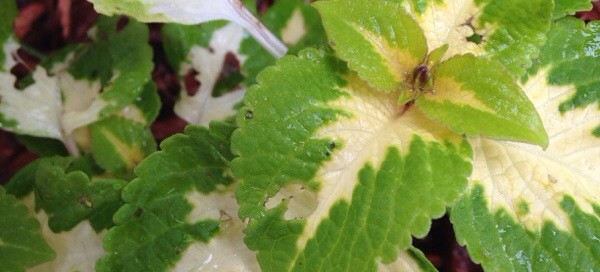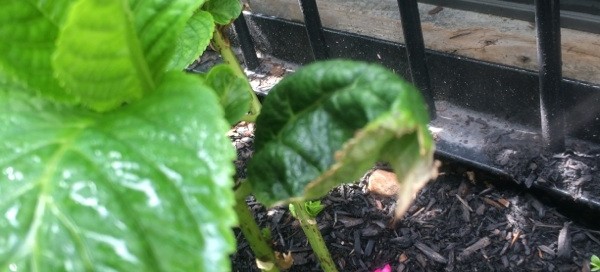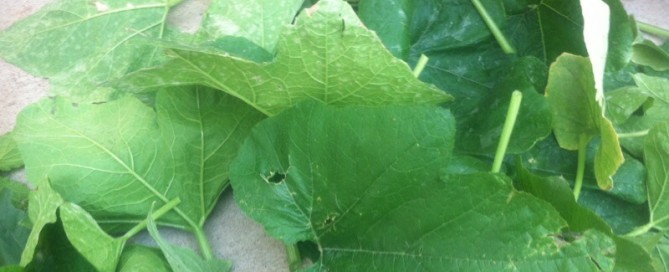Moth Orchid Care Notes
Here are a few care tips for your moth orchid, (Phalaenopsis species): This is a very drought tolerant orchid. Because it's leaves are succulent, it can also tolerate normal household humidity. Moth orchids bloom once or twice a year. In between they'll produce a few new leaves. Don't expect them to bloom continuously. How often are you feeding them? In winter (slow growth time) they don't really need food. If your orchids are potted in bark, once a week thorough watering is good. If they are potted in long grain sphagnum moss, then push your finger into the moss and if it feels dry an inch down, it's time to water. Feed with a slow release or organic fertilizer formulated for blooming container plants and provide bright, indirect light indoors (as you noticed, it is best not to place close to a window during frosty temperatures). Do not allow the plant to sit in water as this may lead to root rot. It is best to water in the sink, flush out any excess salt build-up, allow to drain out completely before setting it back on a saucer.

